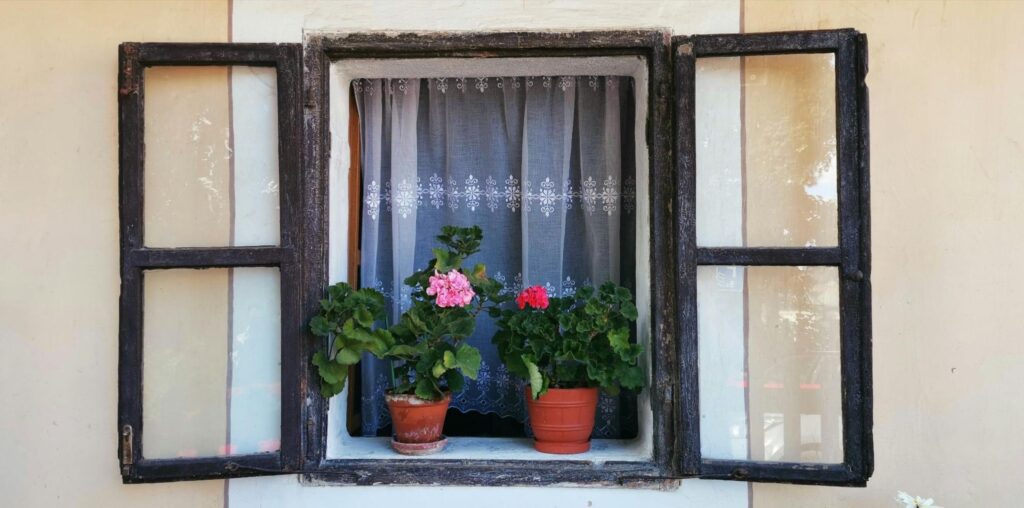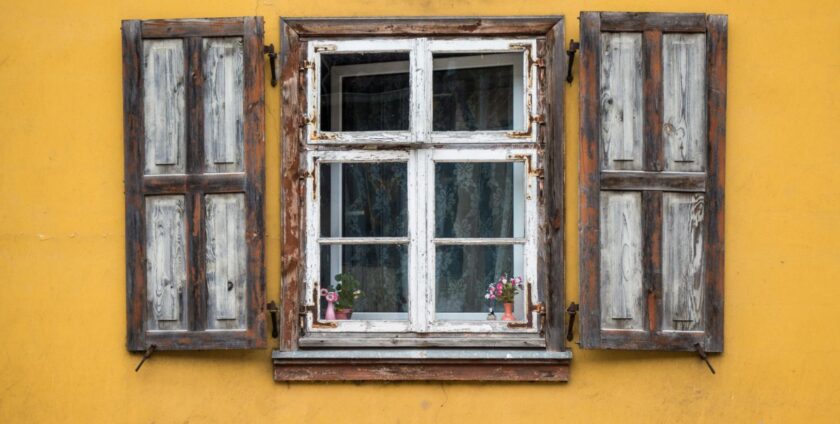
One of the main problems during the winter is how to insulate your home so that no heat escapes. For harsh winters, especially like the ones in Ireland, this is a key concern for most homeowners.
Fortunately, there are easy fixes that can significantly improve the insulation of your home. In this article we have gathered the best home fixes to insulate windows and doors.
Areas Where Heat Escapes Often
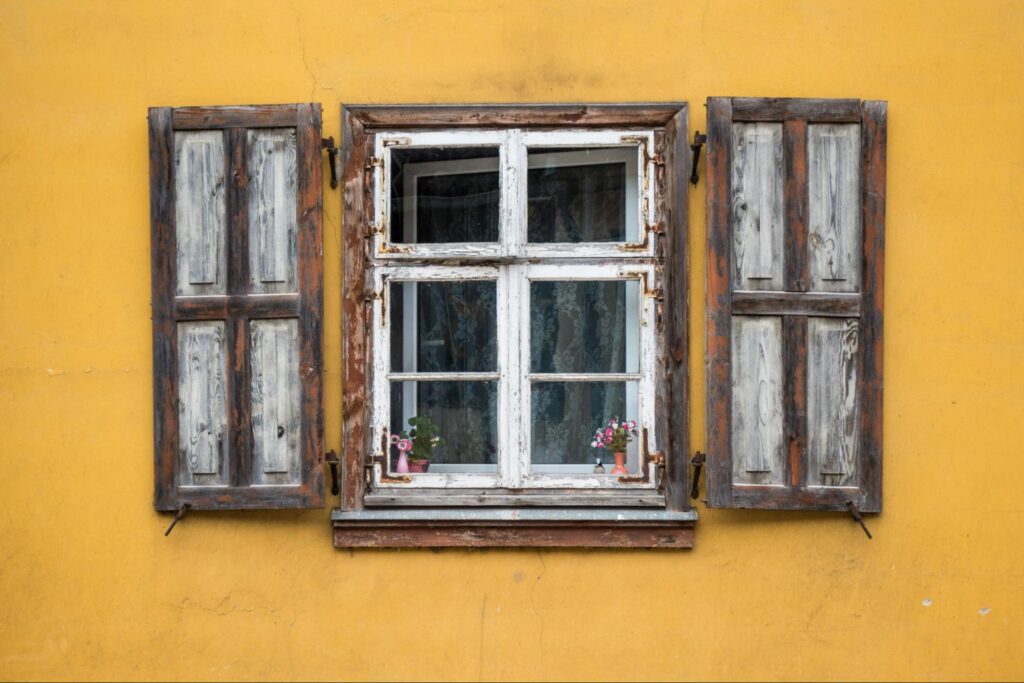
Heat loss in the home can significantly influence the overall energy efficiency of the space, especially in the cold winter.
In this part of the post we will look at all problematic areas in the home where you have to stop cold air from getting in.
Windows
One of the main areas where the heat escapes are the windows. They account for up to 30% of total heat loss in a home.
Some of the key issues with poor window insulation include:
- Single glazing – this allows significant thermal transfer compared to double or triple glazing.
- Poor seals or weatherstripping – cracked or aged seals let cold air in and warm air out.
- Window frames – aluminum frames conduct heat more easily than uPVC or wood.
- Gaps around the frame – improper installation can leave tiny openings.
As you can see, the windows are the main place where air leaks happen. Additional insulation in those areas is one of the effective methods to reduce heat loss.
Doors
Exterior doors are another major point where heat can escape.
The main reasons for poor door insulation are:
- Gaps in the frame – poorly installed doors and thresholds let in drafts of air.
- Mail slots and keyholes – even though small, openings like this can let cold air in.
- Hollow-core doors – poor insulation or none can significantly influence the overall flow of air.
Problems with door insulation are more common in older homes. Once fixed, there will be a noticeable difference in the temperature of the home, especially in colder months.
Roofs and Attics
The roof area is responsible for up to 25% of the total heat loss in a home. This is because warm air rises to the ceiling.
Poor attic insulation, gaps in the roof or around vents all result in loss of heat. Not only that, energy bills will be bigger if the roof isn’t insulated.
Walls
Wall insulation is extremely important, especially if you want an energy efficient home. Walls account for 15-25% of the loss of heat in a home.
Uninsulated cavity walls, solid walls without internal or external insulation can all result in significant heat loss.
Best Types of Insulated Windows and Doors
Source: Unsplash
When you plan to upgrade your home for energy efficiency, choosing the best types of insulated windows and doors is crucial in the overall reduction of heat loss.
Double and triple glazed windows are an industry standard for better energy efficiency. They are especially preferred in places with cold climates, because they provide thermal and sound insulation.
The so-called low emissivity windows are also a very practical and modern choice. They have double glazing with a special coating that reflects heat back inside the home.
Windows with composite frames are also a very good choice. A combination of wood interior and aluminium provide excellent thermal performance and durability.
For doors the most important aspect of insulation is their core. If the door is insulated inside, this provides good insulation to the home.
Popular choices for doors include fiberglass doors, steel doors with insulated core, and wood doors with insulation.
7 Best Ways to Insulate Your Doors and Windows
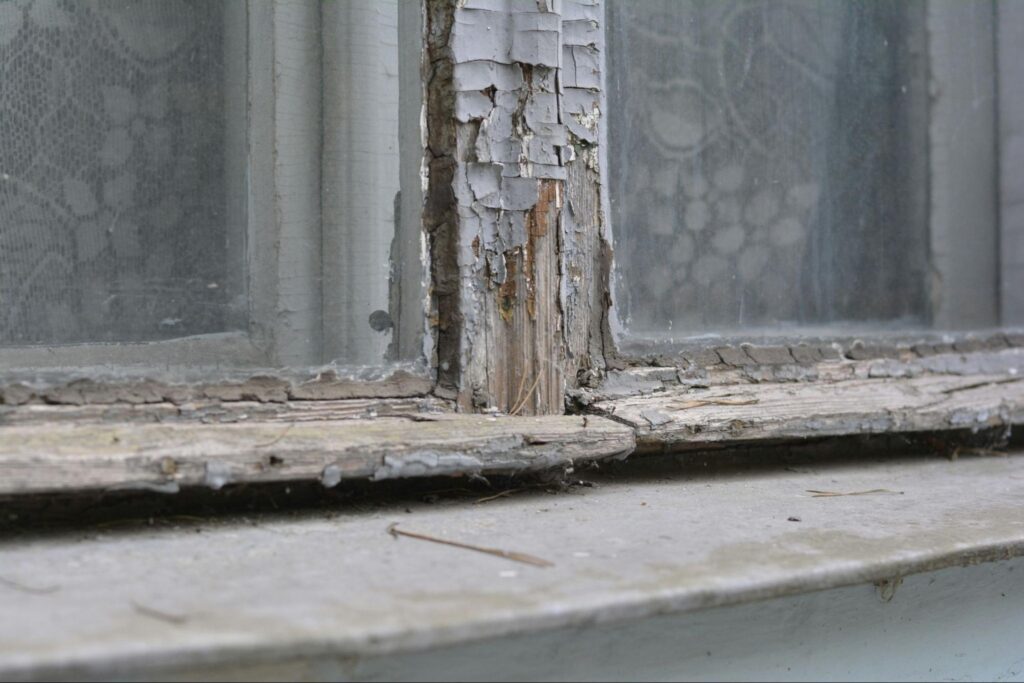
Before you decide to upgrade windows and doors in your home for better insulation, you can try some easy fixes for the problem. Here we have gathered some of the most popular ones.
Adding a Door Sweep
A door sweep is a long and narrow strip, usually made from rubber, vinyl, or brush, that is attached to the bottom of a door. It works as a way to block air drafts from entering underneath the door.
Installing door sweeps is ideal for exterior doors or interior ones that lead to cold spaces, so you can keep your home warm.
It’s easy to maintain and install. Most common ones have either screws or adhesive double sided tape.
For better insulation, choose a brush-style sweep for uneven floors or rubber for even better insulation and air-tightness.
Installing Weatherstripping
Weatherstripping is a flexible material, most commonly from foam, felt or rubber, that is used to seal gaps around movable parts of windows and doors. It prevents air leakage from sides and tops of doors and windows.
The benefits of this method include a quick and cost effective solution, it is easy to apply and can significantly change the insulation of windows and doors.
Using Caulk
Caulk is a more traditional and effective way of fixing windows and doors. It’s especially good for older homes, where the fix has to complete the overall look of the property.
Caulk is a sealant used to fill fixed cracks and joints. This helps prevent cold air coming inside, especially around window frames, door frames and baseboards.
Applying caulk has to happen on the interior and exterior edges where walls meet windows and door frames.
Choosing More Energy-Efficient Windows and Doors
If you decide that is time to change your windows and doors for better energy efficiency, then make sure you choose insulated options.
Double or triple glazed windows are a must to prevent air infiltration. Consider also the material of the windows.
For doors, the most important is that their cavity is insulated.
Since full replacement may be very costly, there are a number of grants you can apply for if you live in Ireland. Some of them cover construction work for better energy efficiency, including the change of windows and doors.
Layering Your Curtains
Layering your curtains and using heavy drapes is a cost-effective solution to the problem of poor insulation. Using materials as thermal insulated curtains, blackout options and blinds can significantly reduce the heat loss in your home.
The more layers there are on the window, the better the insulation. That way air doesn’t have an easy way to get out. It is also aesthetically pleasing.
Window Insulation Film
Window insulation film is a clear plastic film, that is applied to the interior of windows with the help of double-sided tape and heat from a hairdryer.
Window film is easy to apply and at the same time it reduces heat loss by creating an insulating air gap. You can even remove it once winter is finally over. It’s ideal for rental properties.
Replace Thresholds
Older and worn door threshold often allow drafts in the house. You can replace them with new ones made from rubber and metal to seal the gaps under the door.
The Benefits of Effective Insulation During Winter
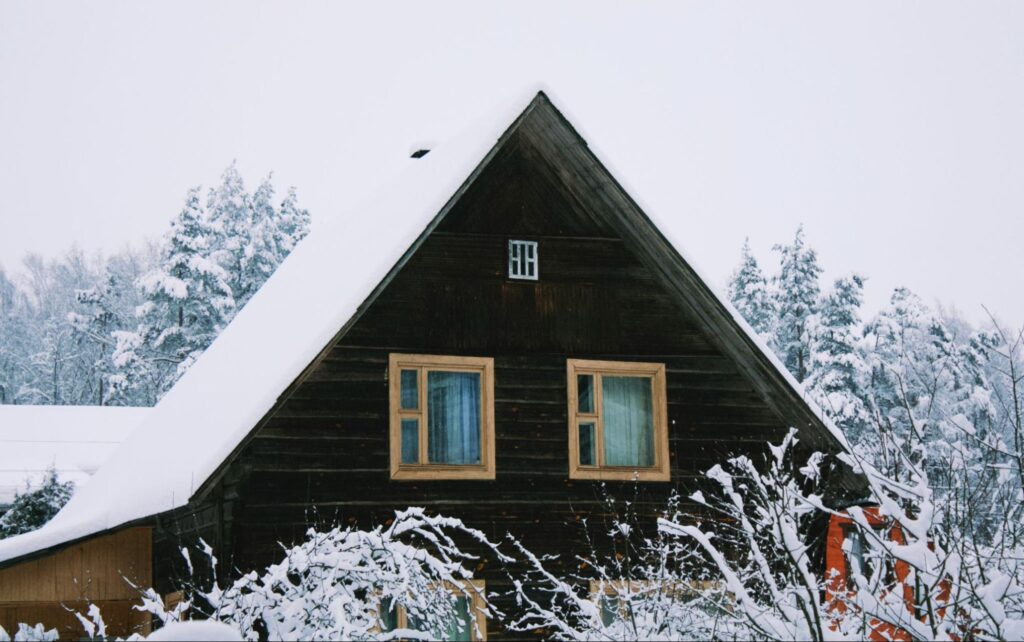
There are numerous benefits in effective home insulation during the winter. The most substantial one of all is the reduction of heating bills during the winter.
Homes lose a large amount of heat through windows and doors. Effective insulation will lower the bills and energy costs. Any long-term savings can act as an offset to the initial cost of insulation upgrades.
Insulation is also crucial for indoor comfort. Keeping rooms warmer and free of cold drafts makes them better for living. Good insulation makes the entire home more livable and inviting.
One other key benefit is the reduced condensation and moisture issues. Insulation helps maintain warmer internal surface temperatures on walls, windows, and doors. This reduces condensation, which can lead to mould, mildew, or water damage.
In the long-term better insulation can lead to a significant increase in property value. Energy-efficient homes are more attractive to buyers and often command higher resale values.
Conclusion
Home insulation has to be a top priority for homeowners. Insulating windows and doors can lead to numerous benefits for the home.
It’s important to frequently check for problems with the windows and outdoor doors. That way homeowners can eliminate problems as they occur rather than wait for bigger repairs.
Frequently Asked Questions
Which windows are best for insulation?
Double and triple glazed windows are the industry standard in energy efficiency.
What is the easiest way to insulate a draft from under the door?
The easiest way is to add a door sweep. That way you will prevent cold air from getting inside your home.
How much heat escapes through the attic and roof?
It’s estimated that poor attic and roof insulation can lead to a 25% loss of heat in the home.

